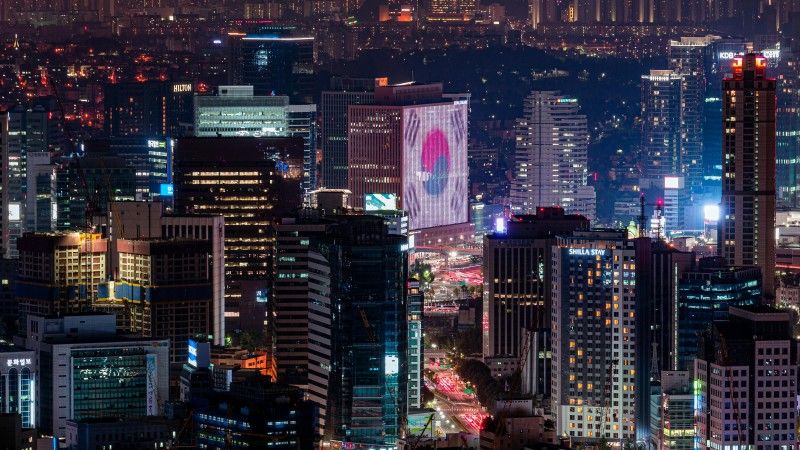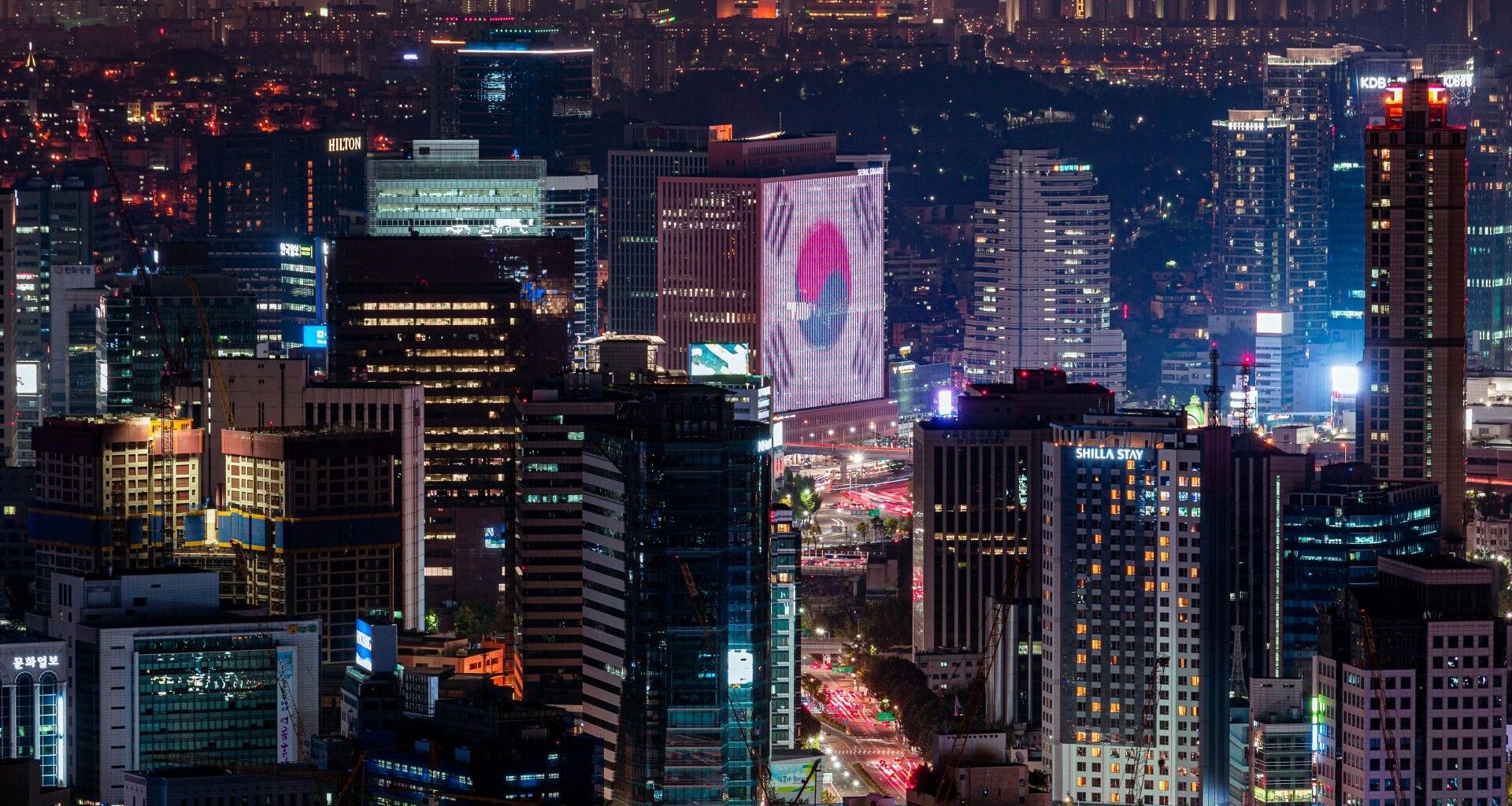
Photo. Pexels
Copy link
Send email
South Korea has emerged as one of the most dynamic players on the global stage, projecting influence in two seemingly opposite but increasingly complementary domains. On the one hand, the country has become a cultural powerhouse, with K-pop idols filling stadiums worldwide, K-dramas topping streaming platforms, and Korean cinema winning prestigious international awards. On the other hand, South Korea is rapidly transforming into a major arms exporter, supplying tanks, howitzers, and fighter jets to Europe, the Middle East, and Asia. These two faces of South Korean influence – the soft power of entertainment and the hard power of defence industry – are not as disconnected.
K-pop and K-dramas as Global Soft Power Tools
The global spread of the Korean Wave 한류*hallyu*) has been one of the most striking examples of cultural soft power in the 21st century. What began in the 1990s as a regional phenomenon, with South Korean dramas gaining popularity in China and Southeast Asia, has since grown into a worldwide trend. Today, K-pop groups such as BTS, Blackpink or Stray Kids
fill stadiums
in Europe and North America, while K-dramas likeSquid Game, and movies likeParasite reach global audiences through platforms such as Netflix. Most recently, the hit filmKPop Demon Hunters even
surpassed Squid Game to become Netflix’s most-watched release ever, underscoring the unparalleled reach of South Korean cultural exports. This expansion is not merely about entertainment value – It strengthens South Korea’s national brand, and increases its global influence.
Success in popular culture strengthens South Korea’s national brand, projecting an image of a modern, innovative, and creative society. It enhances the country’s attractiveness as a tourist destination. In just over two decades, South Korea has gone from attracting only a
few hundred thousand
foreign tourists in the late 1990s to welcoming dozen or so million visitors every year.
Importantly, popular culture shapes perceptions among younger generations abroad, who have little knowledge of Korean history or politics but are exposed to its culture daily through music, TV, and social media. The popularity of Korean culture has also fueled growing global interest in learning the Korean language. In response, South Korean authorities have rapidly expanded the network of Sejong Institutes – equivalents of Germany’s Goethe-Institut or China’s Confucius Institutes. Launched in 2007 with just 13 centers, the network now spans
252 locations
across 87 countries. Sejong Institutes promote the Korean language, culture, and history, while also serving as platforms for cultural exchange and educational programs. They are the perfect example of how South Korean authorities consolidate the global reach of the Korean Wave.
Generally, authorities in Seoul have been quick to recognize this potential, and then each subsequent government, regardless of the president’s political affiliation, harnessed it. Since the 2000s, cultural exports have been supported through state funding, promotional campaigns, and integration with broader foreign policy goals. South Korea’s public diplomacy has also been institutionalized to maximize its global impact. By
law
, it is conducted by the central government in cooperation with local governments and the private sector. This coordinated framework reflects Seoul’s ambition to maximize the effectiveness of its outreach and ensure that cultural influence translates into broader diplomatic and strategic gains.
K-defence: South Korea as an Arms Exporter
Alongside its cultural successes, South Korea has rapidly emerged as a rising power in the global arms market. Once a consumer of foreign defence technology, Seoul has transformed itself into a supplier of advanced products
ranging
from aircrafts and naval vessels to tanks, howitzers and air defence systems. According to the Stockholm International Peace Research Institute (SIPRI), South Korea now ranks among the world’s top ten defence exporters, with
ambitions
to reach the top four in the not so far future.
South Korea’s defence export industry has its roots in the
1970s
, when the authoritarian Park Chung-hee government launched an ambitious program to build an indigenous arms industry. Initially limited to small arms and ammunition, production gradually expanded to artillery, armored vehicles, and later naval and aerospace platforms. Over time, exports also began, initially directed mainly to Asian countries and later expanding to other continents
The landmark contracts signed with Poland in 2022-2024 demonstrated this shift most vividly. Faced with the urgent need to replenish capabilities after supplying Ukraine, Warsaw
turned to
Seoul for fast delivery and technology transfer. The deals — involving hundreds of K2 tanks, K9 howitzers, FA-50 jets, and later K239 Chunmoo rocket artillery systems — were
unprecedented
in scale and signaled that South Korea could compete head-to-head with established defence suppliers. They also consolidated South Korea’s image as a reliable, cost-effective, and technologically advanced partner, capable of competing with established defence exporters in the United States and Europe.
They also enhance South Korea’s credibility as a security actor, strengthening partnerships and opening new channels of cooperation. Defence exports create long-term strategic linkages, including training programs, maintenance networks, and joint production facilities. In this way, K-defence is more than a business sector: it is a form of hard power diplomacy, embedding South Korea into the security architectures of partner states.
Two Sides of the Same Strategy
At first glance, the global popularity of K-pop and K-dramas and the surge in South Korean arms exports appear to send contradictory messages: one projects an image of youth, openness, and cosmopolitan appeal, while the other is rooted in the hard realities of deterrence and conflict. Yet in practice, these two dimensions increasingly complement each other. Both extend South Korea’s visibility on the global stage, reinforce its reputation, and open doors to deeper partnerships.
Cultural exports create an atmosphere of familiarity and trust that can soften perceptions of South Korea abroad, laying a foundation for political and economic cooperation. Meanwhile, defence exports demonstrate reliability and capability, reassuring partners that South Korea is not only a cultural innovator but also a serious security actor. Together, they project a multidimensional brand: a country that can shape not only global cultural trends but also strategic balances.
South Korea’s trajectory illustrates how a medium-sized state can amplify its global role by combining soft and hard power within the same broader strategy — one that positions South Korea as a comprehensive power whose influence extends from concert halls and streaming platforms to military fields and defence industries. For partners such as Poland, this dual role is particularly evident: South Korean pop culture has become an everyday part of youth identity, while South Korean weapon systems are reshaping the country’s defence posture.
The challenge ahead is whether Seoul can maintain this balance. Soft power thrives on openness and global connectivity, while hard power requires strategic alignments and often confronts political sensitivities. If South Korea succeeds in keeping these tools complementary, it will continue to stand out as a nation able to shape both cultural narratives and security realities around the world — a unique model of influence in the 21st century.
